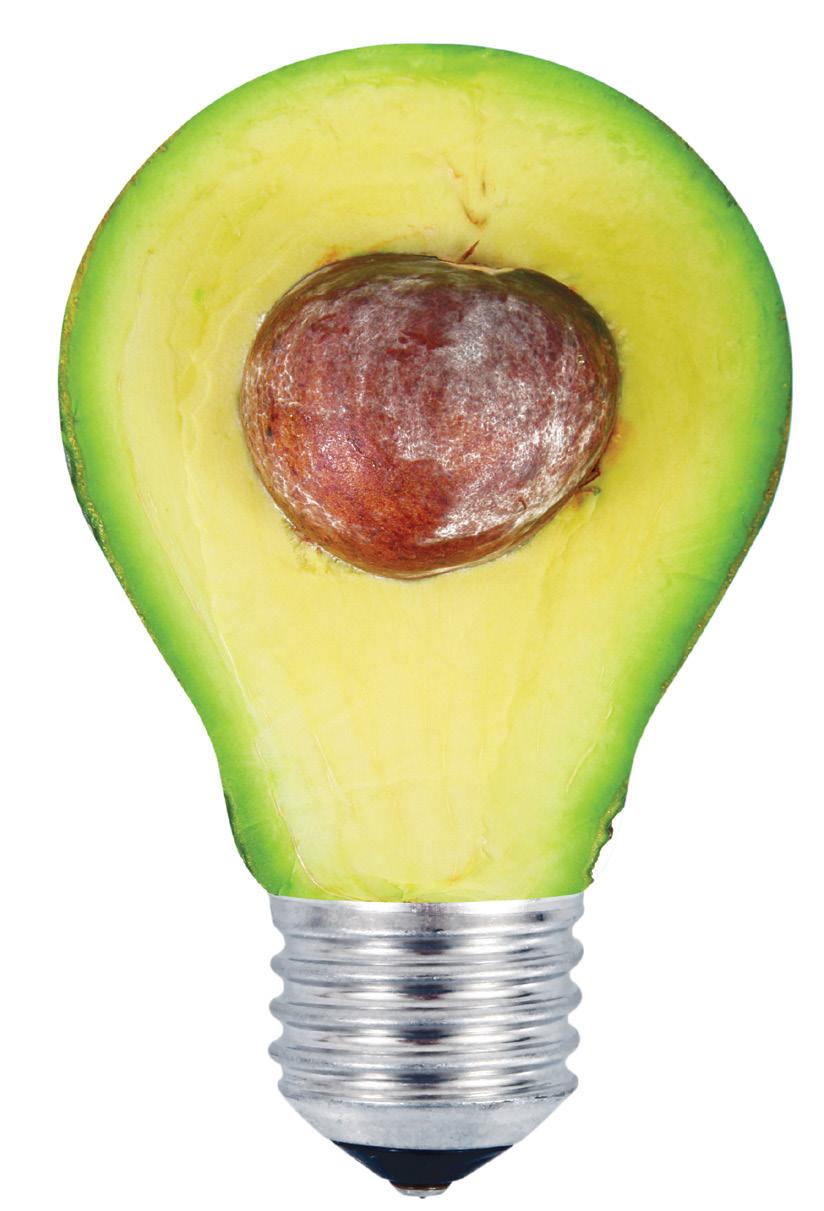SYSTEMS REDUCING N LEVELS
Left: Graham Kerr, Allister Moorhead and DairyNZ principal scientist David Chapman – measure, monitor and check out the DairyNZ Forage Value Index.
Ryegrass to the rescue
Tetraploid ryegrass and clover could be a godsend for reducing nitrogen levels in Canterbury. Anne Lee reports.
T
etraploid ryegrass varieties and clover will both have an increasing role to play in the near future as farmers strive to reduce their environmental footprint, experts say. Barenbrug marketing manager Graham Kerr told the Lincoln University Dairy Farm (LUDF) focus day that when thinking about what to sow, the first consideration is what type of system farmers want to run. Given regulatory pressures, it is likely 36
farm system shifts will lead to a lot more tetraploid cultivars planted in Canterbury – whether as a mix with diploids or on their own as the ryegrass component of the sward. “I think we’re going to have to go that way, they’re going to be a godsend in terms of reducing nitrogen footprint as part of a whole farm system change.” Graham says the ability to graze tetraploids at higher pre-grazing covers
and still achieve target residuals allows increased intake of high-quality pasture and can help farmers extend their grazing round. That can enable farmers to reduce stocking rate while maintaining production or minimising total production losses and protect profitability if they manage the pasture and system well. Fewer grazing rounds can mean fewer nitrogen applications and a lower stocking rate can mean fewer urine patches. This can go some way towards reducing methane emissions. The farm team at LUDF used tetraploids to achieve a lighter environmental footprint sowing them in a mix with a diploid. Stocking rate was reduced and a higher average farm cover and higher pre-grazing covers were run, enabling an extra 1.1t drymatter (DM)/ha/year. However, Graham had some cautionary advice for farmers using tetraploids. “Tetraploids need more grazing management – you have to manage them well because when you’re running higher covers and grazing at 3400kg DM/ha, surpluses happen more quickly.” A weekly farm walk is key to responding quickly to growth rate changes. Italian or annual ryegrasses can offer cool season growth and produce spectacular tonnages in a short time but they also run out quickly. Persistency rankings increase for ryegrass as you go from Italian to hybrids to tetraploid to diploid/tetraploid mixes to diploids. However, cool season growth and establishment speed rankings decrease. On support blocks, farmers could consider persistent perennials such as new cultivars of cocksfoot or spreading perennial ryegrasses such as Rohan. These can work well on dryland blocks where there isn’t the grazing pressure of a milking platform. The DairyNZ Forage Value Index (FVI) is a good starting point for farmers with cultivars scored based on production, quality and seasonal growth.
Dairy Exporter | www.nzfarmlife.co.nz | March 2021























